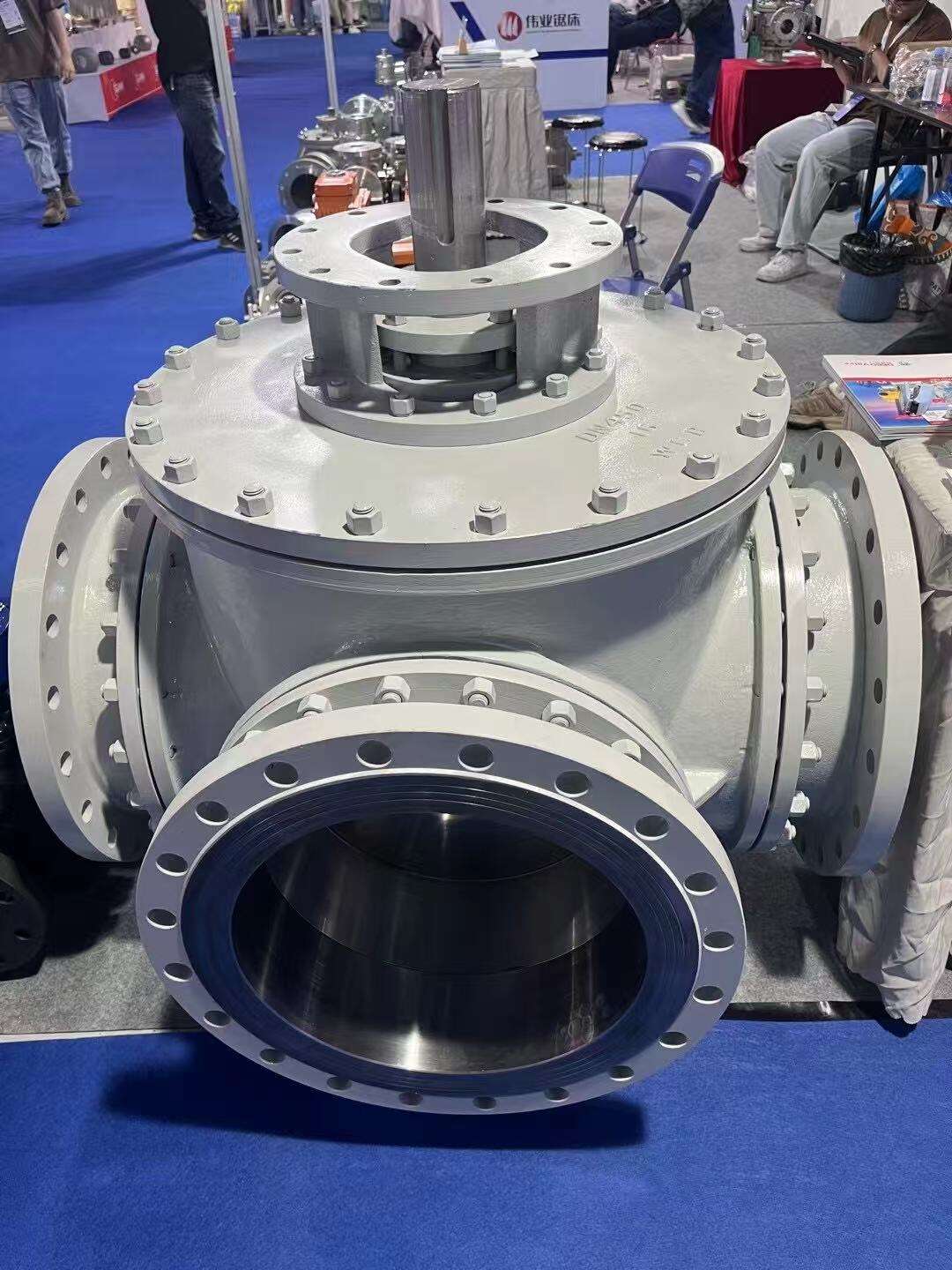pressure relief valve sizing
Pressure relief valve sizing is a critical engineering process that ensures the safe operation of pressurized systems through precise calculations and methodical analysis. This essential procedure involves determining the appropriate dimensions and specifications of relief valves to effectively protect equipment and personnel from overpressure scenarios. The process takes into account multiple variables, including maximum allowable working pressure, required flow capacity, inlet and outlet pressure conditions, and fluid properties. Engineers utilize specialized software and mathematical models to calculate the optimal valve size that can handle the maximum predicted flow rate while maintaining system pressure within safe limits. The sizing methodology incorporates industry standards such as API 520 and 521, ensuring compliance with international safety regulations. Modern pressure relief valve sizing techniques consider both steady-state and dynamic conditions, accounting for various scenarios such as fire exposure, equipment failure, and process upsets. The process also evaluates factors like back pressure, built-up back pressure, and superimposed back pressure to ensure proper valve operation under all conditions. This comprehensive approach to valve sizing helps prevent system failures, protects expensive equipment, and maintains operational integrity in various industrial applications, from chemical processing to power generation.
